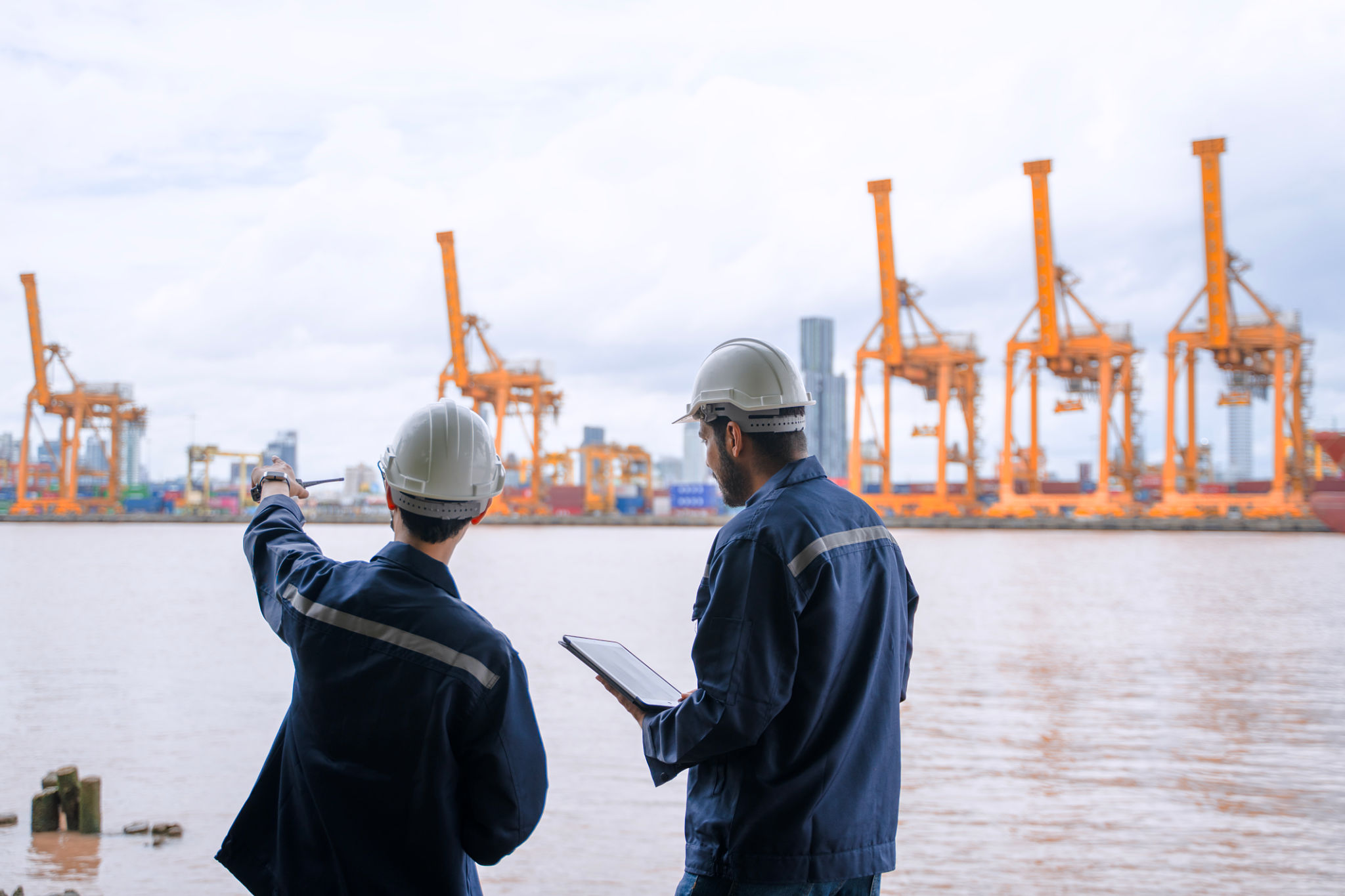The Role of Tugs and Barges in Marine Projects
SG
The Importance of Tugs and Barges in Marine Projects
In the realm of marine projects, tugs and barges play a crucial role in ensuring the successful execution of various operations. These workhorses of the sea are essential for transporting heavy loads and providing the necessary support to larger vessels. Understanding their function and importance can provide insights into the complexities of marine logistics.

Understanding Tugs: The Unsung Heroes
Tugboats, commonly referred to as tugs, are powerful vessels designed to maneuver other vessels by pushing or towing them. They are indispensable in ports and harbors, assisting with docking, undocking, and navigating through narrow channels. The sheer power and agility of tugs make them essential in maintaining smooth maritime operations.
These vessels are equipped with advanced propulsion systems, often including azimuth thrusters or Voith Schneider propellers, which provide exceptional maneuverability. This capability is crucial for guiding larger ships safely to their berths, especially in crowded or constrained environments.
The Versatility of Barges
Barges are flat-bottomed vessels primarily used for transporting goods and materials over water. They are highly versatile, serving a wide range of industries, from construction to oil and gas. Barges can carry massive loads, including construction materials, machinery, and even entire structures, making them indispensable for large-scale marine projects.

One of the significant advantages of barges is their ability to transport cargo without the need for deepwater ports. Their shallow draft allows them to navigate rivers and canals, reaching inland destinations that larger vessels cannot access. This capability extends the reach of marine projects, facilitating logistics in areas with limited infrastructure.
Collaborative Efforts: Tugs and Barges in Action
The synergy between tugs and barges is evident in various marine operations. Tugs are often used to tow barges loaded with cargo to their destinations, ensuring safe and efficient transport. This collaboration is crucial in offshore projects such as wind farm installations, where large components need precise positioning.
Tugs also provide vital support during barge operations, particularly in adverse weather conditions. Their ability to stabilize and maneuver barges ensures that projects continue smoothly, minimizing delays and potential risks.

The Economic Impact of Tugs and Barges
The role of tugs and barges extends beyond operational support; they also contribute significantly to the economy. By facilitating the movement of goods and materials, they help reduce transportation costs and improve supply chain efficiency. This economic benefit is particularly evident in industries reliant on bulk shipments, such as agriculture and mining.
Moreover, the presence of tugs and barges in a region can attract further investment in marine infrastructure, boosting local economies and creating job opportunities. Their ability to connect remote areas with global markets enhances trade and economic growth.
Innovations and Future Trends
The maritime industry is continually evolving, and tugs and barges are no exception. Innovations in technology are leading to more efficient and environmentally friendly designs. Hybrid and electric propulsion systems are being developed to reduce emissions and fuel consumption, aligning with global sustainability goals.
Autonomous tugs and barges are also on the horizon, promising increased efficiency and safety. These advancements will likely redefine marine project logistics, offering new possibilities for remote operations and reduced human intervention.
In conclusion, tugs and barges are indispensable components of marine projects, providing the necessary support for complex operations. As technology advances, their roles will continue to evolve, driving further efficiencies and sustainability in the maritime industry.
